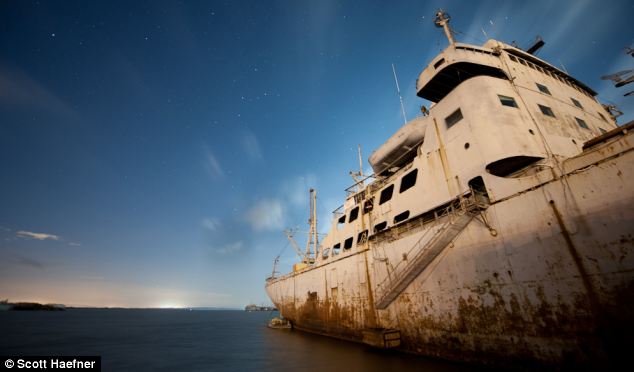Squatters have been around for decades – they are people who live in abandoned areas to make their “home” and stay out of the weather. The squatters are not only limited to abandoned buildings and houses, they also may live in abandoned warships.
Several of those ships being used by squatters are old Navy ships that fought in World War II; they are now sitting in San Francisco Bay rotting away. Each day, one by one, the ships are taken away to be scrapped, since they are no longer useful. In just a few short years, the most iconic and historically fascinating of the ships will be gone for good.
It is a wonder the squatters even got past guards at the docks. Just recently it was found that the squatters have been gaining illegal access for the last two years by rowing by the guards at night. They then climb aboard and sleep in the abandoned vessels for days on end.
A photographer has recently released images of one of the ships that was home to the squatters at one time. The ships that were photographed had been used in four wars: World War II, the Korean War, the Vietnam War, and Desert Storm. They are now stationed in Suisun Bay, which is about 30 miles northeast of San Francisco.
The ships once fought for the freedom of the United States, and held 400 men at a time. They have been out of commission for over a decade. Nearly 15 of those ships have been scrapped already, and the entire fleet of warships is slated to disappear by 2017.
Scott Haefner is one of the “squatters” – photographers taking pictures of the abandoned fleet. He and others have been gaining access to the ships for over two years. These photographers took months to prepare for their squatter’s journey. They went as far as analyzing the tidal patterns and security rotations. The photographers came close to being caught several times, but managed just barely to get away with spending days on board the abandoned ships, documenting them with their cameras.
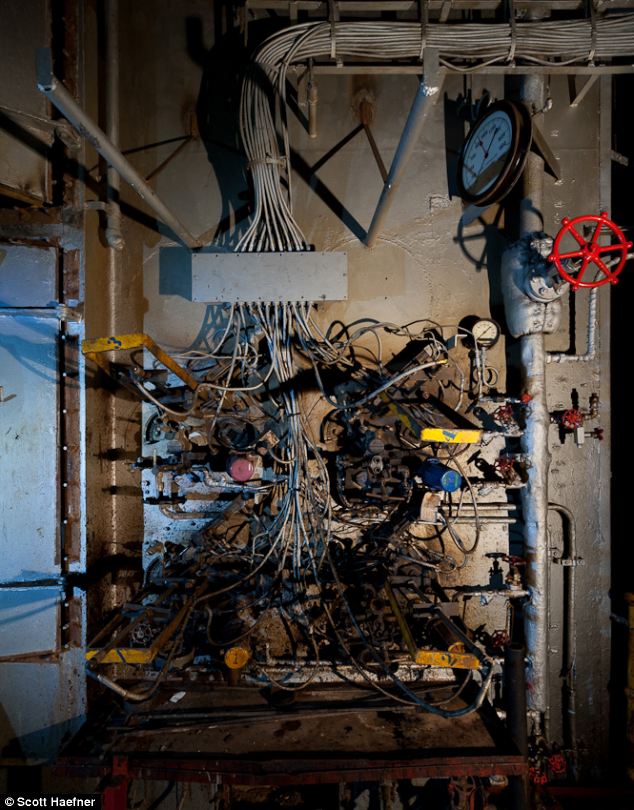
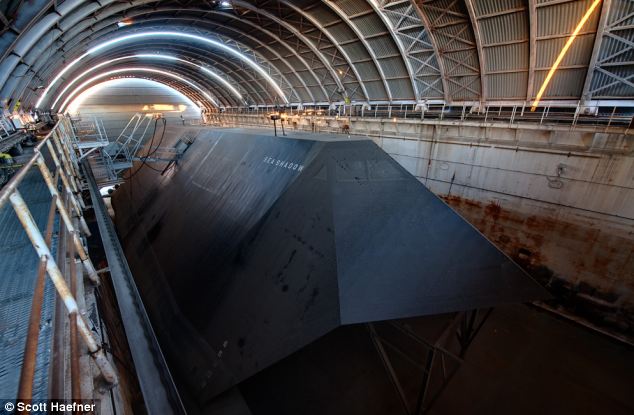
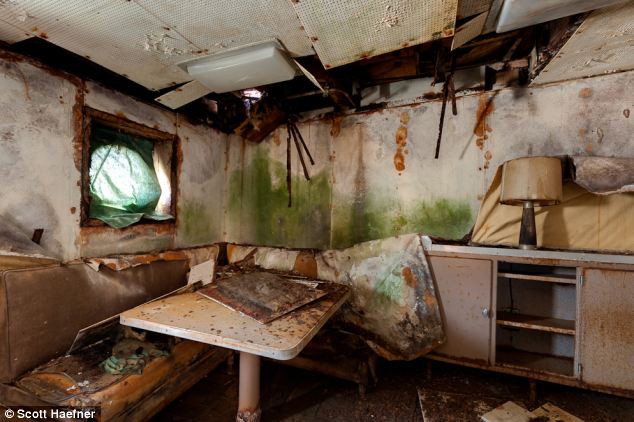
After finding out that the ships they were staying on were slated to be towed, Haefner and the photographers knew they had to act fast and document the ships’ entirety before the derelict fleet was gone forever. Haefner and the group of photographers waited a long time to get on board one of the warships, overcoming many obstacles in order to do just that. To get across the channel, the photographers had to find a small inflatable raft equipped with a small electric motor; a raft that was big enough for three people and all of their equipment.
At one point, the raft had gotten holes in it and the photographers had to keep pumping up the boat while they were still on the water. Imagine how frantic they were, trying not to get all of their expensive equipment wet.
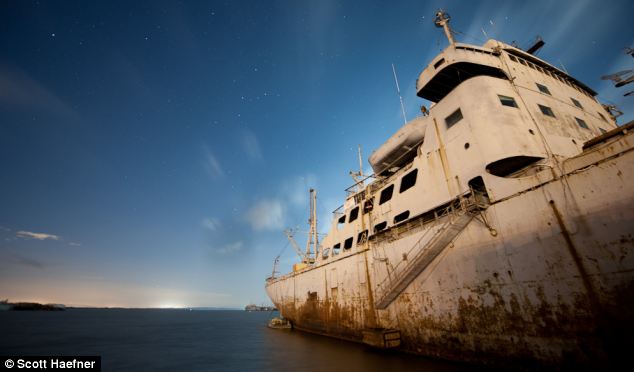
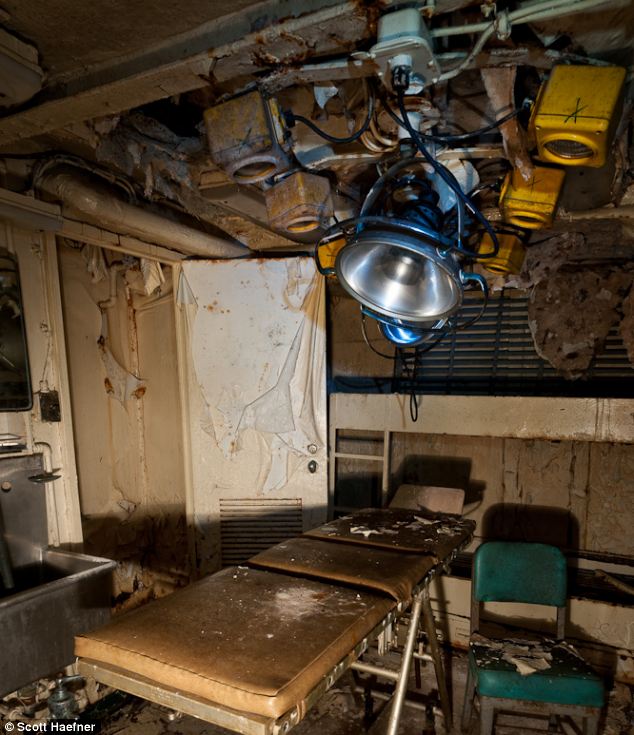
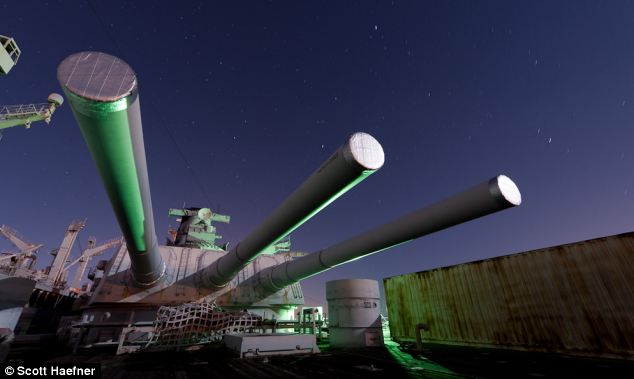
On some of their longer trips, they managed to stay entire weekends without anyone knowing they were there. They took this opportunity to explore and sleep on different rows. They were able to spend days on the ships since they did not have jobs at the time, resulting in a free schedule to capture their amazing photos.
The first thing the photographers did was find places to sleep. Many of the beds were smelly and full of mold from being in moist areas for decades. The only option they had was to find a room with windows so they could open them up and let air in to dry the room.
The photographers chose the captain’s room most of the time because there were comfortable couches, convertible beds, and a lot more space than the other bunkrooms throughout the ship. The captain’s cabin also had a lot more light than other places.
Since they did a lot of their work at night, exploring and capturing images of the eerie, abandoned rooms, they would sleep throughout the day. At noon each day is when they would explore all of the nooks and crannies a vast warship held.
Haefner said that even though the ships were tall, the photographers had to be careful when they explored the decks in case they were seen from the top. If they had been caught, they definitely would have had to end their photography mission sooner rather than later.
He also recalls several times the photographers ran into the working crews on the ship. Although there wasn’t much action on the ships, they were cleaned once in a while. Haefner said that thanks to the cleaners being so noisy, the photographers were able to remain hidden without being caught.
Follow the link to view the photos.
Source: http://www.dailymail.co.uk/news/article-2001303/The-ghost-ships-Mothball-fleet-Incredible-pictures-abandoned-Navy-war-ships-taken-crew-illegal-squatters.html
